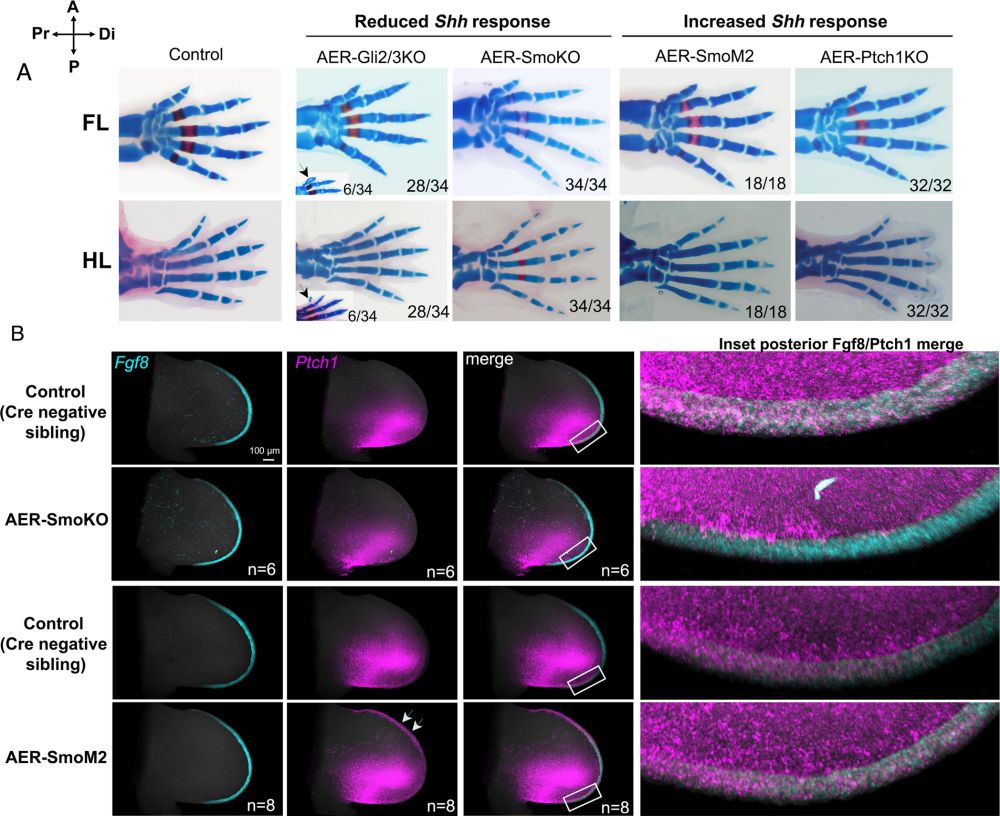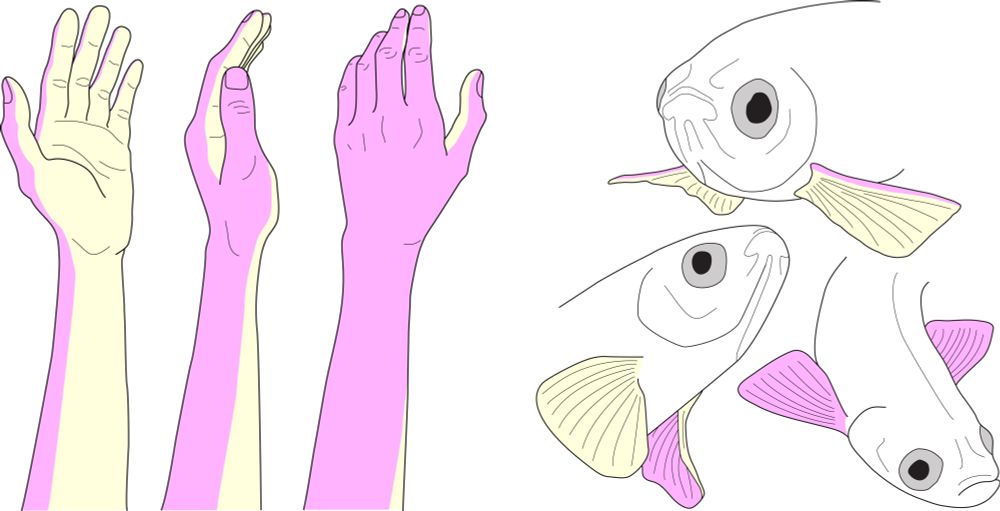Eric Surette
@ericsurette.bsky.social
31 followers
45 following
1 posts
Developmental biologist studying the formation and evolution of skeletal shapes 🐟 🦴.
He/him/his
Posts
Media
Videos
Starter Packs
Reposted by Eric Surette
Reposted by Eric Surette
Reposted by Eric Surette





